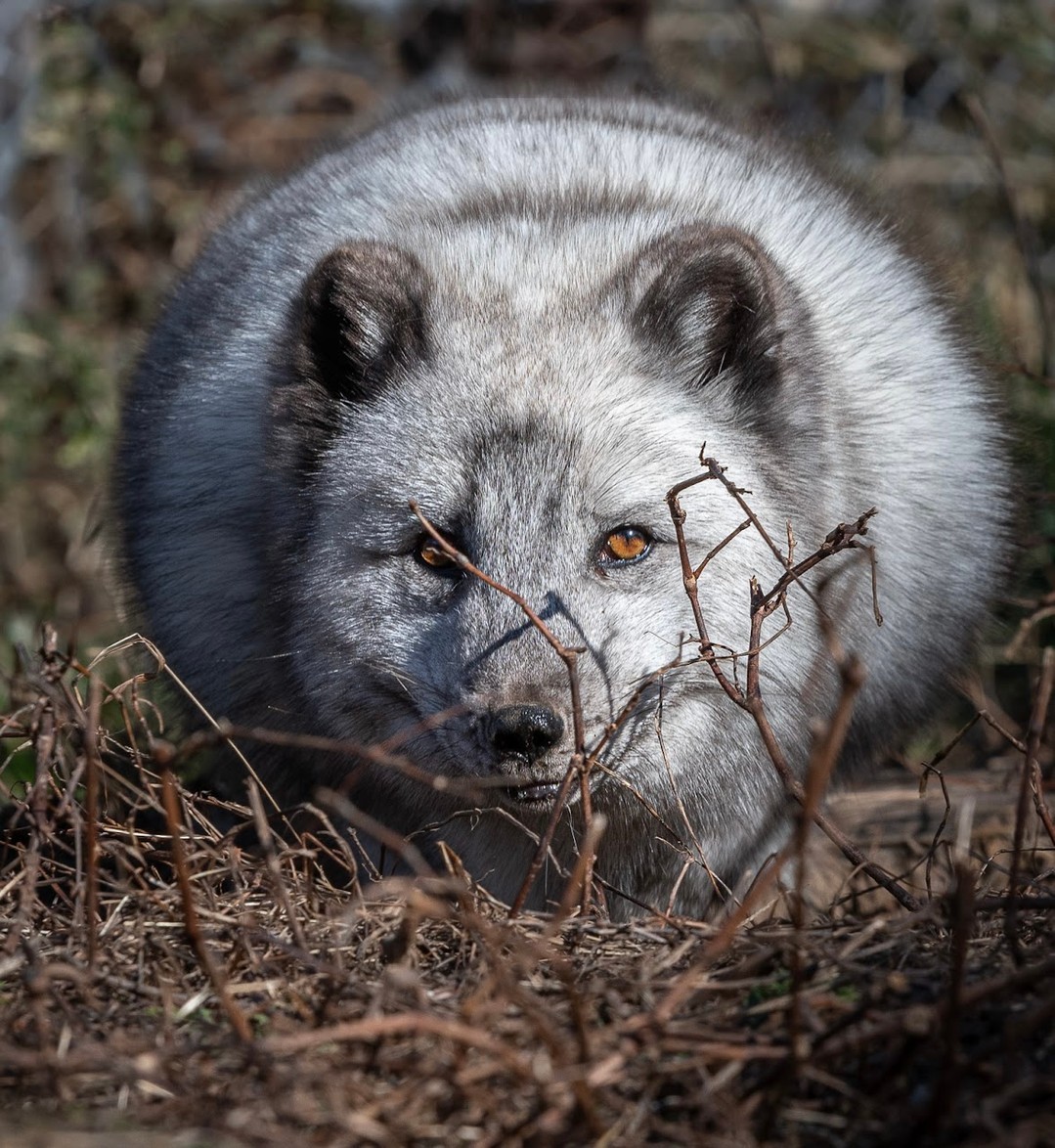– The Arctic fox‘s incredible adaptations allow it to thrive in extreme cold, enduring temperatures as low as -58 degrees Fahrenheit.
– Conservation concerns for the Arctic fox arising from melting Arctic ice and climate change.
– Educational encounters with animals like Artie the Arctic fox at the EWC (Environmental Wildlife Conservancy) positively impact public awareness and conservation efforts.
– The fascinating biology and behaviors of Arctic foxes that enable their survival in one of Earth’s harshest environments.
– Ways everyone can contribute to the conservation and ensure the survival of the Arctic fox and its habitat.
Title: Overcoming The Deep Freeze: The Arctic Fox’s Wintry World
Imagine living where snow and ice cover everything for most of the year. A place where frigid winds would make most creatures shudder and retreat. In the frostbitten realms of the Arctic, however, a small, fluffy, and robust creature survives and thrives in conditions that would be unbearable to many. The secrets behind this miniature winter warrior’s resilience are both fascinating and enlightening.
Let’s delve into the science of survival at bone-chilling temperatures. The Arctic fox is a marvel of adaptation, boasting a fur coat that is the envy of all outerwear. As the mercury dips, their coats thicken, and their color transforms, offering year-round camouflage against the snowy backdrop. Notably, the fur on their paws acts as snowshoes, providing traction and protection from the frosty ground. This biological ingenuity ensures the foxes remain insulated even in the fiercest of winters.
These cunning foxes are not finicky eaters. Omnivorous in nature, they feast on everything the frozen supermarket of the Arctic offers—from rodents like lemmings to fish that they ingeniously snatch from beneath the ice. In times of scarcity, they turn into opportunistic scavengers, following the grand polar bears and cashing in on their leftovers. This versatility in foraging is a critical skill in an ecosystem where the menu shifts with the sea ice.
Maintaining body heat in the Arctic is not just a matter of insulation—it’s a lifestyle. The Arctic fox’s compact physique minimizes the surface area that could lose heat, and their short muzzle, legs, and ears help reduce exposure to the cold. In a curled-up position with their fluffy tail covering their face, they can slumber peacefully in a snowy den, almost like a ball of fur, defying the sub-zero world outside.
Beyond their physical prowess, the Arctic fox’s behaviors are equally vital for survival. They have an impeccable sense of hearing, facilitating their hunt for prey beneath the snow-covered ground, detecting the slightest scuttle of a voles’ footstep. With a pounce and a dive, these foxes spectacularly break through layers of snow, securing a meal with aplomb.
The warming world poses a stark threat to the fox’s frozen haven. Melting ice reduces hunting grounds and leads to habitat loss, while also allowing the intrusion of rival species like the red fox. Such pressures not only impact the foxes but serve as an acute reminder of our ever-changing planet.
Despite these obstacles, places like the Environmental Wildlife Conservancy (EWC) have become beacons for the future. Here, animals like Artie the Arctic fox act not only as ambassadors for their kind but also as mascots for a movement towards environmental stewardship.
The importance of the EWC and other conservation efforts cannot be overstated. Through education and intimate wildlife encounters, they ignite a passion within visitors, shedding light on the majestic beauty of the Arctic fox and the perilous state of their homeland. In awe of creatures like Artie, individuals are prompted to play a part in the collective effort to combat climate change and habitat destruction.
To contribute effectively to this purpose, awareness is paramount. The tale of the Arctic fox’s struggle must be shared far and wide. This act of storytelling becomes a catalyst, inspiring changes in daily habits that can lessen our environmental footprint. From reducing energy consumption to supporting sustainable practices, our actions can foster a healthier planet, securing a future for Artie and his kin.
Each one of us is a guardian of nature. It is a role that beckons us to make conscious decisions, spread knowledge, and instill respect for the interconnected web of life that sustains us. As the Arctic fox adapts to its icy world, we must adapt our behaviors to safeguard its very existence. Doing so keeps the magic of our planet’s diverse ecosystems alive.
Artie and his brethren are more than just symbols of the wild; they are teachers and guides on a journey of conservation and empathy. Their guidance leads to the realization that in their survival, there lies a story of balance, harmony, and adaptation—a story that is not theirs alone but shared with every living being on this irreplaceable Earth.
So, let us find our purpose in ensuring seasons remain for the Arctic fox to dance in the snow, for the ice to glisten under the auroras, and for the world to remain a mosaic of climates, habitats, and extraordinary wildlife. With our combined efforts, we hope for the Arctic fox and its frozen realm.
Researchers believe that they can withstand temperatures of up to -58 degrees! So, if you’re sick of winter, we hope you find comfort in knowing that Artie, the Arctic fox, loves it.
Unfortunately, due to melting ice in the Arctic, the population of these foxes is declining. When visitors come to the EWC and see Artie, we hope he inspires every person to help ensure a brighter future for Arctic foxes by participating in conservation.


